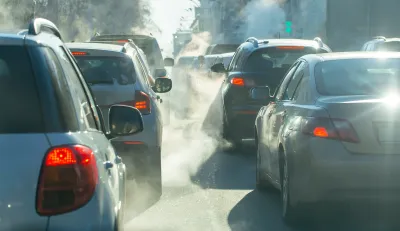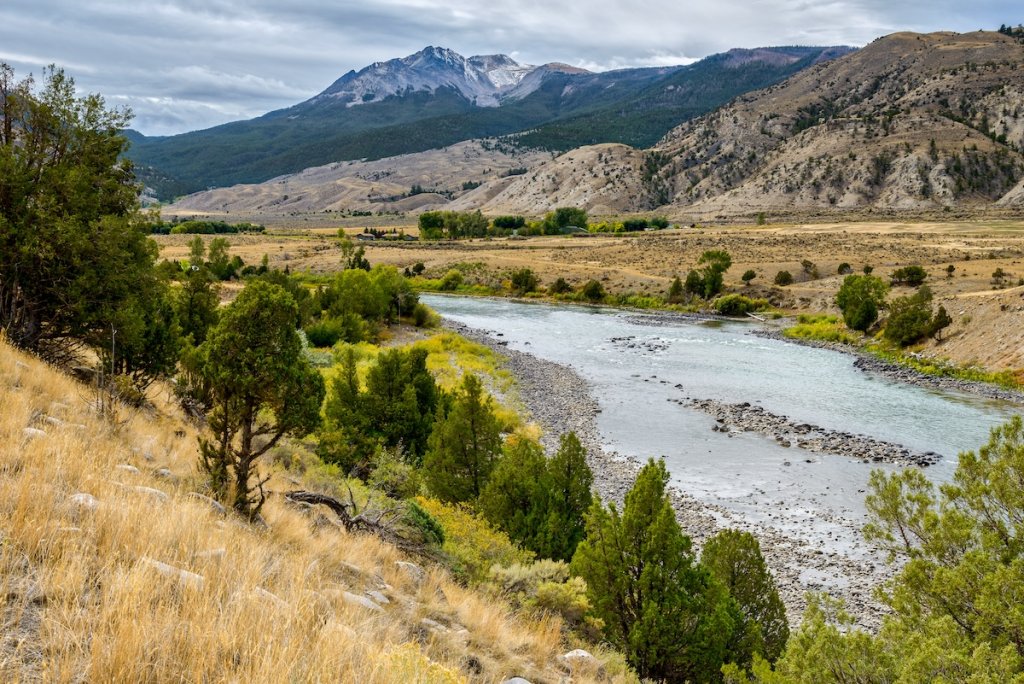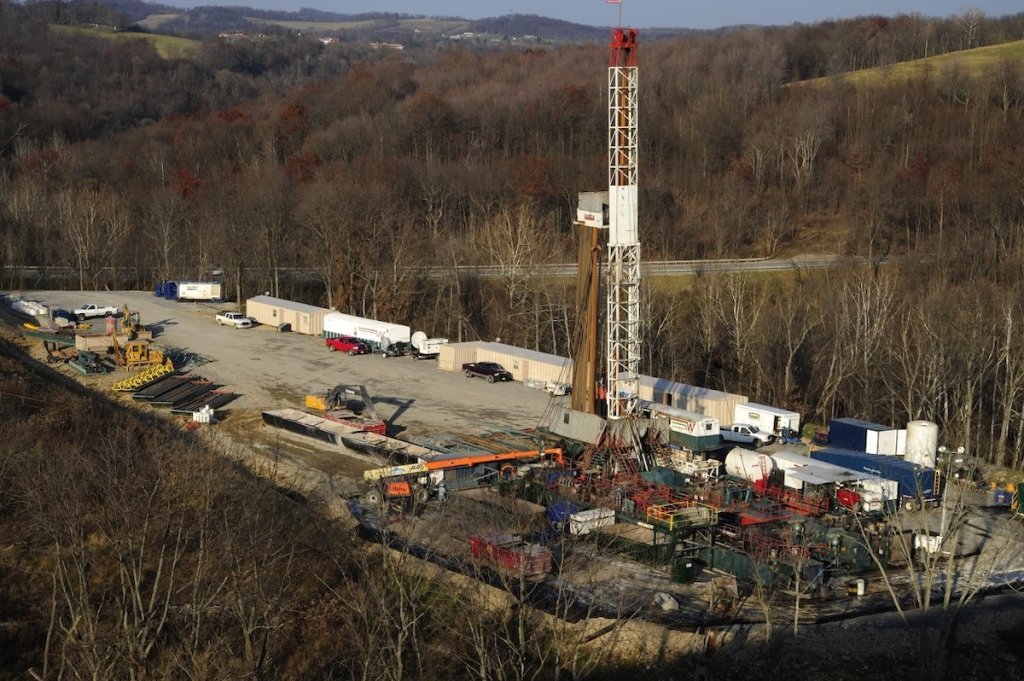Several states have "green amendments" declaring that state residents have the right to a healthy environment. Could these amendments be used to challenge policies that increase car-related pollution?

Several states have constitutional "green amendments" declaring that state residents have the right to a healthy environment. Could these amendments be used to challenge policies that increase car-related pollution?
Seven state constitutions include “green amendments” — that is, provisions that state citizens have a right to a healthy environment. For example, New York’s amendment provides that every New Yorker “shall have the right to clean air and water, and a healthful environment.”
Only three of the seven “green amendment” states (Pennsylvania, Montana and New York) have allowed private citizens to sue the government to stop environmental harm. Because the New York amendment was enacted only four years ago, most green amendment litigation has occurred in the other two states. Successful green amendment litigation in Pennsylvania and Montana has generally addressed extractive issues (such as gas drilling) or procedural issues (such as whether a state can limit environmental review related to certain types of pollution). But reading the Pennsylvania and Montana cases made me wonder: is there any way a green amendment could be applied to land use and transportation issues?
“Compelling state interest”
In the 1999 case of Montana Environmental Information Center v. Department of Environmental Quality (MEIC), the plaintiffs argued that a state’s license to a mining company violated Montana’s amendment by allowing the discharge of groundwater containing high levels of arsenic and zinc into two state rivers. However, state law specifically allowed these discharges, based on a finding that they “cause changes in water quality that are nonsignificant because of their low potential for harm to human health or the environment.”

The Montana Supreme Court initially noted that the right to a clean environment created by the amendment was a “fundamental right” and thus could be violated only if the state “establishes a compelling state interest [justifying its action] and that its action is closely tailored to effectuate that interest.” Applying this rule, the court found that the discharges “would have added a known carcinogen such as arsenic to the environment in concentrations greater than the concentrations present in the receiving water.” The court then remanded to the lower court for a finding as to whether a compelling state interest justified these discharges. MEIC shows that any potentially harmful activity is likely to violate the amendment in the absence of a compelling state interest.
This suggests that almost any potentially harmful change in the law is likely to trigger strict scrutiny. For example, suppose that a city rips out its bike lanes, making cycling less safe. If this policy forces people into their cars, it will increase car-related pollution, thus forcing the state to find a “compelling state interest” justifying the change.
Or suppose the state builds or widens a highway downtown, displacing city residents and opening up suburban land for development. The highway both takes away housing from the city and encourages development of suburbs, thus making it more likely that the state’s citizens will move to car-dependent suburbs. Thus, the highway widening might also increase car-related pollution, again triggering the “compelling state interest” test.
Or suppose that a city downzones its most walkable, transit-accessible neighborhoods, ensuring that people will be priced out of those neighborhoods and forced to move to cheaper, more car-dependent areas. Again, the municipal decision is likely to increase car-related pollution, triggering the “compelling state interest” test.
Having said that, all of these possible cases will require fact-specific findings by the court. For example, the government might argue that the highway or the bike lane removal actually reduces pollution by reducing congestion. The court would have to rule on whether this claim is factually plausible enough to support a finding that the government policies at issue do not increase pollution.
“Unreasonably”
Pennsylvania law interpreting the green amendment is a bit less clear than Montana law. Some Pennsylvania decisions have suggested that the green amendment is violated only when the government acts unreasonably —which seems to me to be a more pro-government rule than the Montana court’s “compelling state interest” test.

On the other hand, in the 2013 Pennsylvania case of Robinson Township v. Commonwealth, the state sought to preempt local zoning restrictions limiting natural gas drilling. The court admitted that the state had “compelling policy arguments” for the law, but nevertheless held that numerous sections of the law violated the Pennsylvania green amendment. The court explained that allowing natural gas drilling throughout the state “alters existing expectations of communities and property owners and substantially diminishes natural and esthetic values of the local environment” because it “effectively disposed of the regulatory structures upon which citizens and communities made significant financial and quality of life decisions, and has sanctioned a direct and harmful degradation of the environmental quality of life in these communities and zoning districts.”
Thus, the court held that even policies supported by a more-than-rational state interest were invalid if they disrupted “environmental quality of life.” So if my hypothetical road widening or bike lane removal disrupted the quality of life by increasing air pollution, opponents of these policies might have a claim even under Pennsylvania law.
In sum, there has not yet been significant green amendment litigation challenging policies that increase car travel or discourage non-car travel. However, there is a chance that such litigation could be successful if supported by strong factual evidence of environmental impacts.

Planetizen Federal Action Tracker
A weekly monitor of how Trump’s orders and actions are impacting planners and planning in America.

Chicago’s Ghost Rails
Just beneath the surface of the modern city lie the remnants of its expansive early 20th-century streetcar system.

San Antonio and Austin are Fusing Into one Massive Megaregion
The region spanning the two central Texas cities is growing fast, posing challenges for local infrastructure and water supplies.

Since Zion's Shuttles Went Electric “The Smog is Gone”
Visitors to Zion National Park can enjoy the canyon via the nation’s first fully electric park shuttle system.

Trump Distributing DOT Safety Funds at 1/10 Rate of Biden
Funds for Safe Streets and other transportation safety and equity programs are being held up by administrative reviews and conflicts with the Trump administration’s priorities.

German Cities Subsidize Taxis for Women Amid Wave of Violence
Free or low-cost taxi rides can help women navigate cities more safely, but critics say the programs don't address the root causes of violence against women.
Urban Design for Planners 1: Software Tools
This six-course series explores essential urban design concepts using open source software and equips planners with the tools they need to participate fully in the urban design process.
Planning for Universal Design
Learn the tools for implementing Universal Design in planning regulations.
planning NEXT
Appalachian Highlands Housing Partners
Mpact (founded as Rail~Volution)
City of Camden Redevelopment Agency
City of Astoria
City of Portland
City of Laramie



























